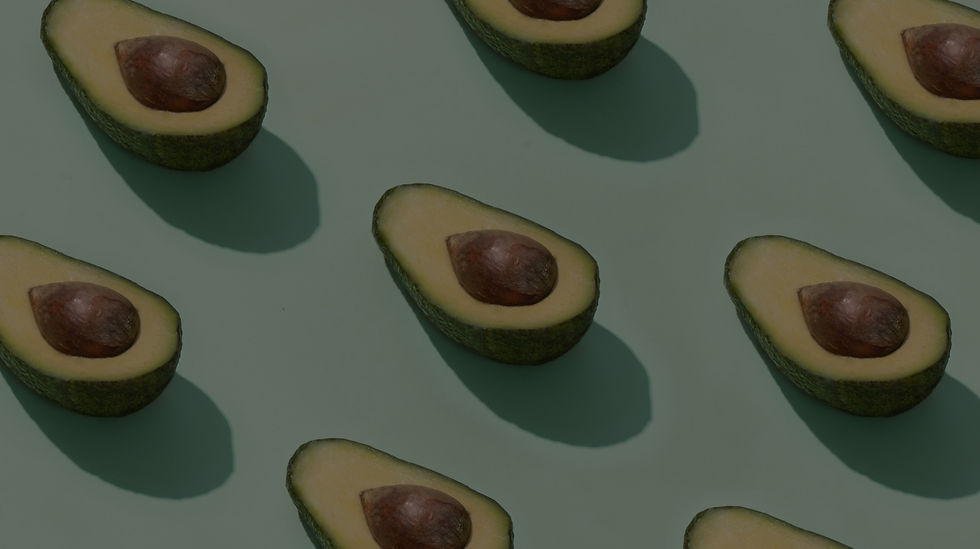

Schedule
Gantt Chart
Schedule Summary
Figure E1. Project Gantt Chart


In the fall, this project will aim to complete a full-scale analysis and realization of the project. Every uncertainty must be stamped out to allow for a project that is sure to succeed. To ensure that this will happen, all analyses (2a-2m) must be completed and peer-reviewed for accuracy by the end of fall quarter. In addition, all parts of the report (1a-1l) must be written up, not counting information that will only be gathered during the construction and testing phases. Finally, major parts of the vehicle (3a-3f) must be fully documented and analyzed. It must be absolutely certain that these assemblies and parts will function properly once assembled.
For winter, the first step is to purchase and construct all parts detailed in 4a-4p. This will start with machined parts due to the possible unavailability of time later in the quarter, and then 3D printed parts will be completed. By the time these are completed, all purchased parts (4q) should have been purchased and be available. Then, the device will be assembled (5a-5d) and combined with the chassis and suspension assembly to create a functional car.
In the spring, the device was tested (6a-6i) in all areas listed in the Gantt chart. These areas include a test of steering angle and steering time, a maximum speed drive test, and an inertia calculation comparison test. On 4/23/22, the design competed in the RC Baja Race. Despite the device failing two of the three main tests, those being the maximum speed and turning tests, the device was able to compete and scored fourth place in the RC Baja event. After further modifications are completed, design decisions and processes will be reflected upon, with all MET 489 deliverables being completed.
Budget
Table C1. Parts List - Drivetrain and Steering

Larger Cost items include the motor (55-001) and servo (55-002). These items will be ordered online and shipped from online vendors. Certain 3D prints may also be expensive, with one example being 20-001. Fasteners such as 50-001 will either be purchased in a hardware store or ordered online. 55-003 and 55-004 will be ordered online, and adjustment of size may need to occur in the event that no vendors sell the optimal size.
There are currently no plans to have any parts outsourced, besides ordering specific parts that would be too time consuming to assemble by hand such as the motor and servo.
There are currently no plans to hire any other people to the project. At this time, all work will be done by Jacob and Sean, discounting the manufacturing labor costs of any purchased parts.
The two team members will be paid $31 hourly for labor costs.
The first major subtotal is the total cost of all parts. This current total stands at $595.74. The second subtotal is the cost of parts for the chassis and suspension portion of the project, under the management of Sean Gordon. The current total for this is $216.83. Both of these totals are expected to decrease, as some materials may be provided by CWU. The third subtotal is the labor cost, which is currently zero. This total will increase as more physical labor is performed to construct the device, but is estimated to be no more than 25 hours' worth of work.
The total project cost will be divided by the amongst the team members, and will be funded by personal savings.
Table C1a. Parts List - Chassis and Suspension

Table D1. Project Budget.
